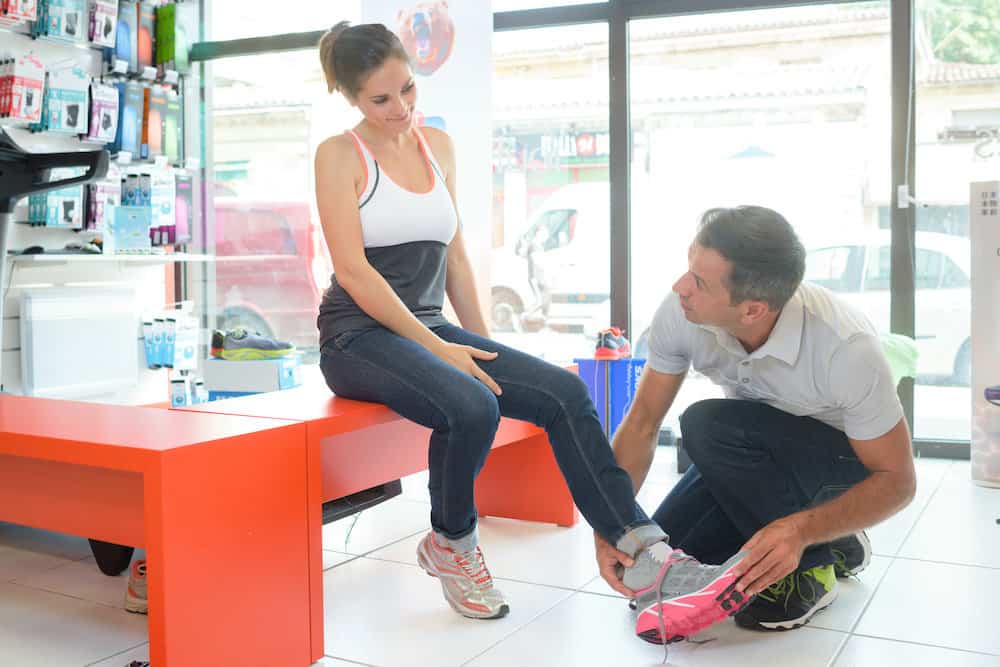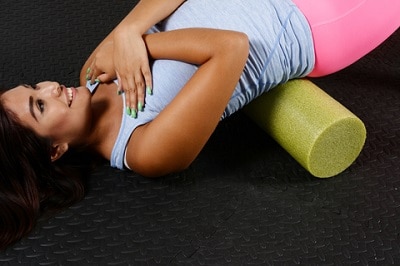Have you been running with tendonitis in knee? Is it proving difficult or too painful for you? Well, you’re not alone. Running with knee pain is never easy. In this article, we discuss what tendonitis is, the prevention, and how to manage it as a runner. Let’s get started.
Definition
Patellar tendonitis is a condition where the tendon surrounding the kneecap or patella is inflamed. Patella tendon connects the kneecap to the shinbone and aligns the patella when the leg straightens and bends during walking or running. Leg overuse (excessive running in other words) does not cause patella tendonitis, as many people tend to believe. The condition results from misusing the leg when jumping and running, for example, from poor running habits or techniques.
It can be worsened by any underlying body weakness, especially in the knee region. Considering the knee is one of the weakest joints in the human body, when anything goes wrong in the leg from the hip down, or from the ankle up the knee, its surrounding organs are overworked. Even though you may experience some pain running with tendonitis in knee, the problem may be resulting from somewhere else such as the hip joint or your feet. However, when the body is continuously subjected to poor running techniques and poor running habits the knee joint is overworked, irritated, and consequently, inflamed.
How to Manage Patella Tendonitis
When suffering from patella tendonitis, you will experience pain or a burning sensation under the kneecap after you have completed running or at the beginning stages of the race. But you don’t have to endure running with knee pain. The best way to do away the pain is by treating the inflammation.
You can use anti-inflammatory drugs to control the swelling. A simple massage on the affected area with ice blocks will also reduce the pain. Alternatively, you can stretch the areas on the affected kneecap using hip flexes, calves, quadriceps, and hamstring to help the muscle and the joint to be more flexible and relieve the pain.
Prevention
Patella tendonitis can be prevented or avoided by using prevention techniques. However, the first step is to address the swelling and to reduce extra stress on the knee joint. As for patella tendon, you need to concentrate on the hips, ankles, and lower back to strengthen the supportive lower body system. Therefore, strength training comes second to help you gain and maintain the perfect running form of the muscle to be strong enough to support the activities you subject them. Techniques such as standing clamshells, hip dips, as well as glute bridges can be used to strengthen the muscle together with lunges and squats.
You also need to incorporate balancing, mobility, and flexibility in your training schedule to enable efficient body movement. The stability and balancing can be achieved through Pilates and yoga. They help the muscles to work and coordinate as one system.
Overstriding or running with a stride that makes the foot land far in front of you is associated with patella tendonitis. You need to use short strides that will make you land directly underneath your body when running, other than in front of the hips. These short strides can be achieved through a quick cadence. Know the number of step you do in a minute and work towards achieving 180 steps in a minute.
It’s crucial to have the right running shoe. Always replace worn out or lose running shoes. They no longer provide the required support, and so they expose you to tendonitis. The running shoe mileage should not exceed 300 miles. When you don’t have a stable support system, your body will have difficulties keeping itself in line, making it to overwork to overcome the shortcomings. As such, putting emphasis on strength, form, and having proper shoes can help you to stay free from injuries and remain healthy for many years.
Running With Tendonitis in Knee
Using a counterforce strap makes running with tendonitis in knee possible. The device works by compressing the tendon around the knee to distribute tension and reduces the specific stress experienced by any particular tendon during contraction. The counter strap also helps to align the patella and patella tendon, and reduce the friction from ITB moving over the outside knee.
You can get counter force devices commercially from various manufacturers and obviously on Amazon. The device uses a rubber configuration or a specific neoprene to provide comfort and the required compression.
Note
However, the effectiveness of a counterforce strap depends on several factors. For a start, you need to get a proper diagnosis of the problem. When you are suffering from avulsion fracture, where the tendon tears a pea bone piece from the patella, you can’t use the strap. At the same time, you must wear the strap property. Even though the commercial straps come with specific instructions, it’s advisable to have an athletic trainer or a doctor to assist you to fit it properly.
You also need to identify the root cause of the condition such as mileage and intensity to address the problem. You may use anti-inflammatory medicine and be icing the affected area as well as seek advice from a sports medicine doctor for the best treatment depending on the level of your injury.
Other than the commercial strip, you can use a homemade strap. However, you need to recognize that using a counterforce strap is the panacea for tendinitis. The strap only helps you to overcome the pain and inflammation to enable you to train comfortably but not to cure the condition. Running with tendonitis in the knee and running with knee pain is possible. But when the pain persists, visit a sports medicine specialist with experience in treating running injuries to identify the real cause of your problem and to determine the efficiency of the counterforce strap. The specialist will also be in a position to recommend the best training and training modification you may require to enhance your strength.













